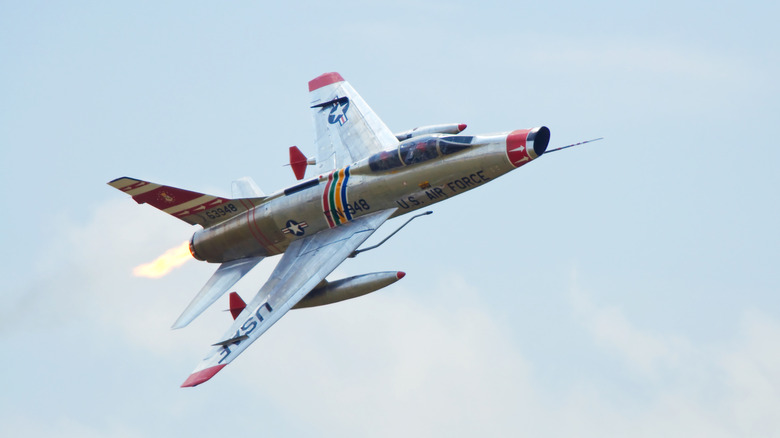The First Supersonic Flight and the Birth of a New Era in Aviation
In 1947, a historic moment in aviation was achieved when the Bell X-1 became the first aircraft to break the sound barrier. Unlike traditional jet-powered planes, the X-1 was more akin to a rocket with wings and a tail. It was carried to an altitude of 43,000 feet by a B-29 bomber before being released. Captain Chuck Yeager, the pilot, then activated the plane’s liquid-fueled rocket engine. This powerful propulsion system allowed the X-1 to reach a top speed of Mach 1.06, officially breaking the sound barrier. This achievement marked the world’s first supersonic level flight.
Just six months later, Yeager set another record, reaching 957 mph or Mach 1.45 on March 26, 1948. Before this breakthrough, many engineers believed that surpassing the speed of sound could lead to catastrophic failure. However, the success of the Bell X-1 proved that the “sound barrier” was not an insurmountable obstacle. Despite this, the development of jet engines soon took precedence, especially during the Korean War, where jet fighters like the F-86 gave American forces a significant advantage. Jet engines were faster, more fuel-efficient, and more maneuverable than rocket engines, leading to their adoption as the future of aerial warfare.
The Rise of the F-100 Super Sabre
The lessons learned from the Bell X-1 experiments paved the way for the development of the North American F-100 Super Sabre, the first non-experimental supersonic jet. Commissioned by the United States Air Force (USAF), the F-100 made its first official flight in 1953. However, it faced several challenges early on, including a series of accidents that led to production halts. Despite these setbacks, the F-100 played a crucial role in advancing aerospace engineering and sparking an international arms race.
During the period between the start of F-100 production and its deployment in military service, other nations closely observed the advancements being made. For instance, the Soviet Union had been working to develop its own supersonic jet since the 1940s. Their initial efforts, such as the MiG-9, were plagued with design flaws, but they eventually led to the creation of the MiG-19, the Soviet Union’s first supersonic fighter jet. The MiG-19’s innovations inspired similar aircraft, including the Nanchang Q-5, which entered production in 1955.
While the F-100 held the record for the first supersonic jet, competing aircraft often outperformed it. The F-100 had a top speed of 822 mph, while the MiG-19 reached up to 903 mph. The F-100 also featured an advanced autopilot system capable of operating at supersonic speeds. In response, the Soviet Union began developing the MiG-21, which introduced even more advanced technology, such as improved radar systems. By the time the Vietnam War began, the era of supersonic aircraft was in full swing.
Aerial Warfare in the Age of Supersonic Flight
Breaking the sound barrier is marked by a distinct sonic boom, which occurs when an aircraft exceeds Mach 1. At sea level, this happens at around 761 miles per hour. By the onset of the Vietnam War, the F-100 and its competitors regularly reached these speeds. This new era of high-speed combat transformed aerial warfare, shifting from the slow, close-quarters dogfights of World War II to rapid, precision strikes that occurred in the blink of an eye.
During the Vietnam War, F-100s were primarily used for close air support, swooping in to bomb targets and disappearing quickly. This shift made radar and targeting systems essential for anti-aircraft operations. The F-100 and its successors laid the groundwork for the evolution of bombers like the F-117 Nighthawk and the B-21, which could adjust their speeds and altitudes to avoid enemy tracking systems. Supersonic jets ushered in a new age of warfare, where targets were merely blips on a screen.
The Legacy of the F-100 and the Future of Aviation
Today, the world’s fastest bomber jets can reach speeds exceeding 2,000 mph—three times the speed of sound. Modern computers have replaced the F-100’s rudimentary flight controls, and 21st-century weapons systems are far more advanced. Despite these technological leaps, the F-100 Super Sabre remains a pivotal figure in the history of aviation. Its success demonstrated that aircraft could strike targets at the speed of sound, setting the stage for the modern age of aerial combat.
